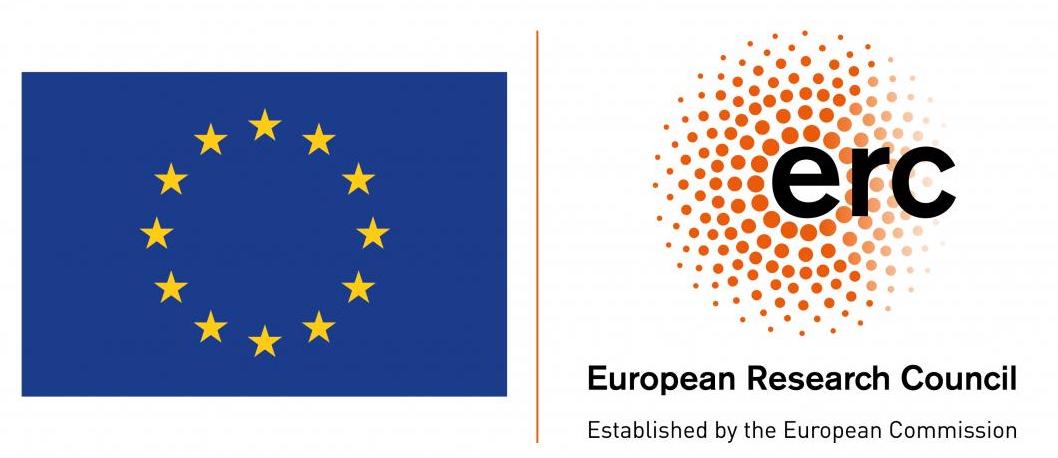Categorical Aspects of Symmetries
Albano 3: 6228 - Mega (22 seats)
Albano Building 3
Venue
Nordita, Stockholm, Sweden
Workshop (AUG 14-21): Albano Campus, House 3, Albanovägen 29, floors 4 and 6
Conference (AUG 22-25): Albano Campus, House 2, Albanovägen 20, Auditorium 4
Scope
Quantum field theory (QFT) is a universal language of modern theoretical physics. Originally developed to describe the interaction of light and matter, QFT has since found spectacular applications in particle, condensed matter, and statistical physics, as well as in cosmology and string theory. Some of the most profound open problems about the physics of non-topological QFTs – especially at strong coupling, beyond the reach of conventional techniques – are newly accessible thanks to recent developments in topological quantum field theory (TQFT). This insight comes with a dramatic evolution of the notion of symmetries in QFT: symmetries can be characterized via topological defects of various codimensions whose multidimensional fusion generalizes wildly the notion of groups to what are called categorical symmetries. This Nordita program is devoted to the exploration of these aspects of symmetries and their physical applications. We plan to have an interactive setting alternating lectures and seminars aiming at nourishing collaborations and stimulate further this rapidly evolving field.
The main aim of the meeting is to:
- explore higher structure of global symmetries
- study dynamical consequences of categorical symmetries
- develop interdisciplinary interactions across hep-th, cond-mat and math
Program schedule
Workshop talks start at 10:30, with a short break from 11:30-12:00.
VIDEOS of all talks will be posted on this playlist .
List of participants
Andrea Antinucci (SISSA)
Andrea Grigoletto (Durham U)
Anuj Apte (U Chicago)
Apoorv Tiwari (KTH)
Azeem Hasan (Uppsala U)
Chi Ming Chang (Tsinghua)
Christian Copetti (SISSA)
Clement Delcamp (Ghent)
Constantin Teleman (UC Berkeley)
Daniel Texeira (Dalhousie U)
Daria Rudneva (SU/Skoltech)
Elias Riedel Gårding (Uppsala U)
Enoch Leung (JHU)
Ethan Torres (UPenn)
Giovanni Galati (SISSA)
Fabio Apruzzi (Padova U)
Federico Bonetti (Durham U)
Francesco Benini (SISSA)
Giovanni Galati (SISSA)
Giovanni Rizi (SISSA)
Hannah Tillim (JHU)
Hongliang Jiang (QMUL)
Iñaki Garcia Etxebarria (Durham U)
Jeremias Aguilera Damia (ULB)
Jing-Yuan Chen (Tsinghua)
Jonathan Heckman (UPenn)
Jingxian Wu (Oxford U)
Jürgen Fuchs (Karlstads U)
Konstantinos Roumpedakis (UCLA)
Lakshya Bhardwaj (Oxford U)
Liang Kong* (SUST - China)
Linhao Li (Tokyo U)
Luigi Tizzano (ULB)
Marco Fazzi (Uppsala U and NORDITA)
Marieke Van Beest (SCGP)
Masashi Kawahira (Kyoto U)
Mathew Bullimore* (Durham U)
Matteo Bertolini (SISSA)
Max Hübner (UPenn)
Mitch Weaver* (Cincinnati U)
Mohammad Akond (Kyoto U)
Nils Carqueville (Vienna U)
Paul-Konstantin Oehlmann (Northeastern U)
Pavel Putrov (ICTP)
Pierluigi Niro (UCLA)
Po-Shen Hsin (UCLA)
Rajath Radhakrishnan (ICTP)
Riccardo Argurio (ULB)
Ruben Minasian (LPHT - Saclay)
Saghar Hosseini (Durham U)
Sahand Seifnashri* (IAS)
Saki Koizumi (DIAS)
Sakura Schäfer Nameki* (Oxford U)
Sergei Gukov (Caltech/DIAS)
Shani Nadir Meynet (Uppsala U)
Si Li (Tsinghua U)
Theodore Daniel Brennan (UCSB)
Thomas Barsch (Durham U)
Thomas Waddleton (JHU)
Tudor Dimofte (Edinburgh U)
Veronica Pasquarella (DAMTP)
Vivek Saxena* (Rutgers U)
Wei Cui (Yanqi Lake Inst)
Weiguang Cao (Kavli IPMU)
Wenjie Ji (KITP)
Xiao-Gang Wen* (MIT)
Xingyang Yu (NYU)
Yi-nan Wang (Peking U)
Yui Hayashi (YITP)
Yunqin Zheng (Kavli IPMU)
Yuya Tanizaki (Yukawa Institute)
(*) online only
Accommodation
Nordita provides a limited number of rooms in the Stockholm apartment hotel, BizApartments, free of charge for accepted participants and after application evaluation. These hotel apartments are designed for long-stay accommodation with fully-equipped kitchens and standard amenities. For more details, see here.
Sponsored by:



